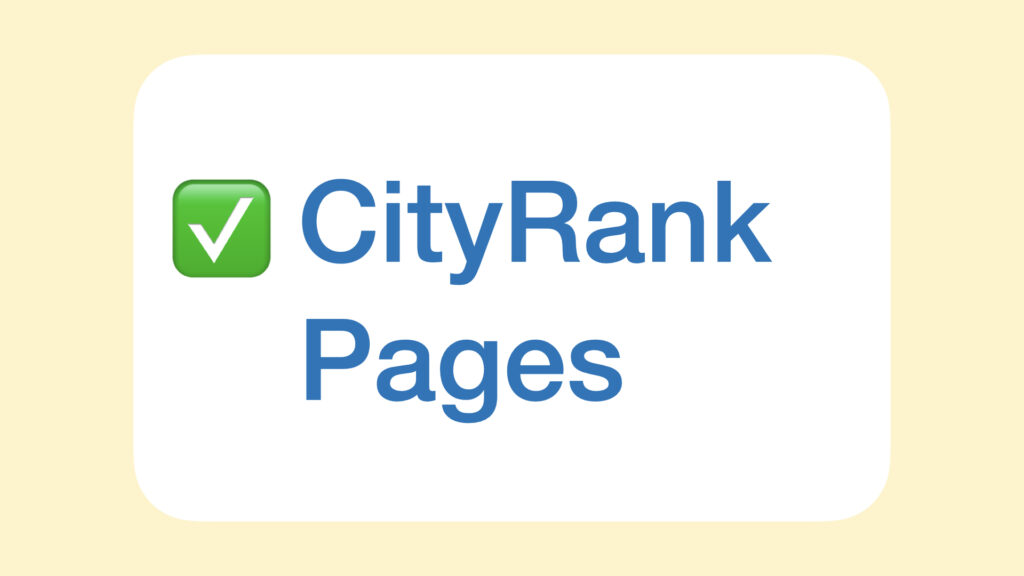
Images are a powerful way to share your message, showcase your services, and connect with visitors. Whether you’re running a church website, a Christian bookstore, or a faith-based counseling service, the visuals you use can make or break a visitor’s experience. But here’s the thing—if those images aren’t optimized, they could be slowing down your site and hurting your SEO. For real, image optimization is more important than you might think! Let’s explore why it matters and how to get started.
Why Image Optimization Matters
When it comes to SEO, search engines look at more than just your text content. They also consider site speed and user experience as ranking factors. Unoptimized images can slow down your website, leading to a poor user experience and lower rankings on search engines like Google. Here’s why you should care:
1. Faster Load Times – Slow websites drive visitors away. If your pages take forever to load because of large image files, visitors might click away before they even get to read your content. Plus, Google uses page speed as a ranking factor, so a slow site can directly impact your search rankings.
2. Better User Experience (UX) – People expect fast, seamless browsing, especially on mobile devices. Optimized images improve the overall user experience, making it easier for visitors to explore your site, engage with your content, and come back for more.
3. Improved SEO – Properly optimized images contribute to SEO. By using alt text and descriptive file names, you’re helping search engines understand the context of your images, which can boost your visibility in image search results.
How to Optimize Images for Your Christian Website
Now that we know why it’s important, let’s dive into some practical steps you can take to optimize your images.
1. Resize Image Files for Faster Load Times
•Here’s the deal: Large image files can drag down your site speed. Before you upload any image, resize it to the appropriate dimensions. For most website images, 1200px width is usually more than enough.
•Pro Tip: Use tools like ImageResizer.com to quickly resize images without losing quality. As a rule of thumb, aim to keep your image file sizes under 500 KB if possible.
2. Choose the Right File Format
•Different image formats serve different purposes. For most website images, JPEG is the best choice because it offers good quality at a smaller file size. Use PNG for images that require transparency (like logos). If you need a more modern format, WebP provides high-quality images with smaller file sizes, but double-check that your website supports it.
•Example: If you’re uploading a photo of your church’s latest community event, save it as a JPEG for a smaller file size without sacrificing too much quality.
3. Compress Images for Web Use
•Image compression reduces the file size without significantly impacting the quality. This is straight-up one of the easiest ways to speed up your website. Use free tools like TinyPNG or Compressor.io to compress your images before uploading them.
•Pro Tip: Most website platforms like WordPress have plugins (like Smush or ShortPixel) that automatically compress images as you upload them.
4. Use Descriptive File Names
•When it comes to SEO, words are key, and keywords are… you get it. Don’t upload images with generic names like “IMG1234.jpg.” Instead, use descriptive file names that include relevant keywords. This helps search engines understand what the image is about.
•Example: If you’re uploading an image of your church’s Bible study group, name the file something like “church-bible-study-group-[city].jpg.” This is more descriptive and relevant than a random string of numbers.
5. Add Alt Text to Images
•Alt text (alternative text) describes the image for search engines and people using screen readers. This is especially important for accessibility and SEO. Make sure every image on your site has alt text that describes the content of the image and includes relevant keywords.
•Example: For an image of a Christian bookstore, your alt text could be: “Shelves of Christian books at [Your Bookstore Name] in [City].” This gives search engines context and makes your images more likely to show up in image search results.
6. Leverage Lazy Loading
•Lazy loading is a technique that delays the loading of images until they’re actually needed (i.e., when the user scrolls down to that part of the page). This speeds up the initial page load time and improves the user experience.
•How to Implement: Most modern website builders and content management systems (like WordPress) have built-in lazy loading features. If your platform doesn’t, you can add it through plugins or custom code.
7. Create an Image Sitemap
•An image sitemap tells search engines about the images on your site, helping them crawl and index your visuals more effectively. This is particularly helpful if you run an online store selling Christian gifts or a blog that features lots of images.
•Pro Tip: If you’re using WordPress, the Yoast SEO plugin automatically adds images to your sitemap. Otherwise, you can create one using online tools and submit it to Google Search Console.
Time to Shine with Beautiful, Fast-Loading Images!
Optimizing images might seem like a small detail, but it has a big impact on your website’s performance and SEO. By resizing, compressing, and adding the right alt text, you’re not only making your site faster but also making it easier for search engines (and people) to find you.
If you’re feeling a bit overwhelmed, no worries! Our company specializes in SEO strategies for Christian websites, including image optimization. We’re here to help you get the most out of your visuals while making your site as user-friendly as possible.
Let’s Make Your Images Work for You!
There you have it—image optimization isn’t just about making your website look good; it’s about boosting your SEO and delivering a better experience for your visitors. So go ahead, optimize those images, and let them shine. Your message deserves to be seen, and a fast, beautiful website is the first step to making that happen!
Need a hand with optimization? You know where to find us.












